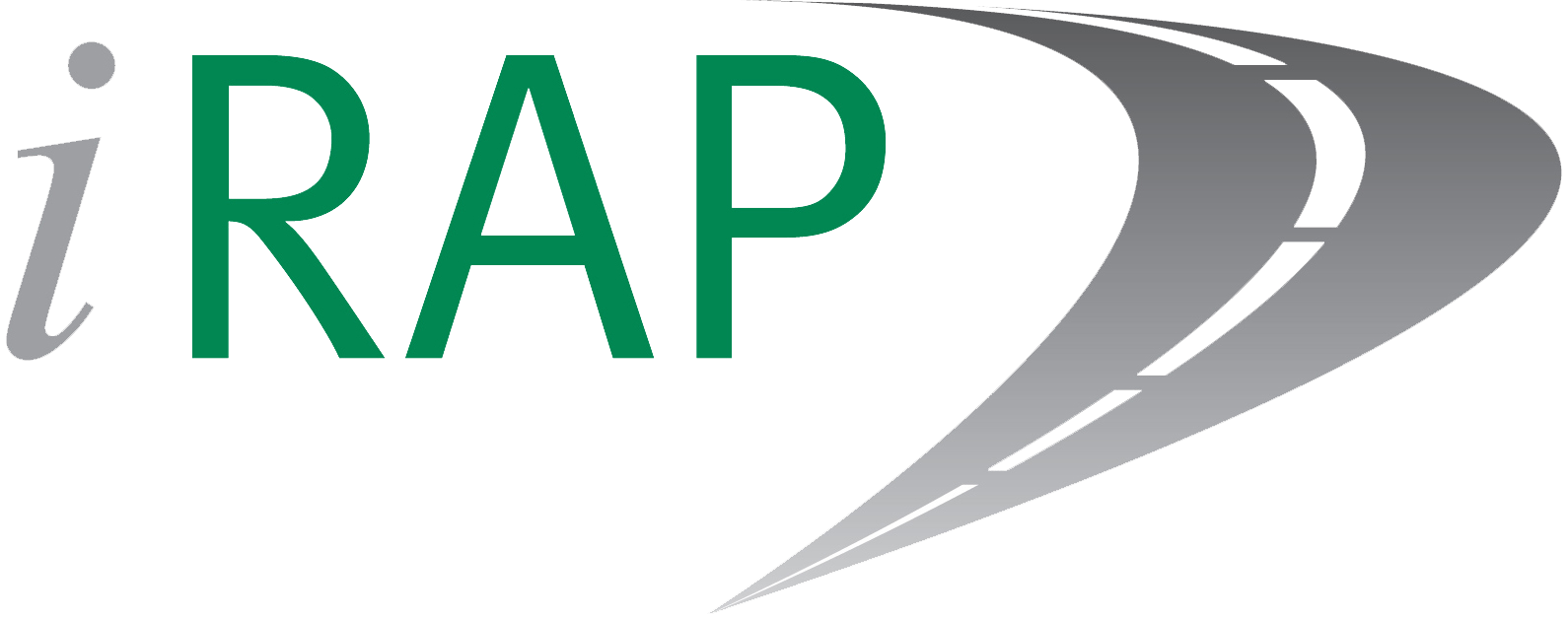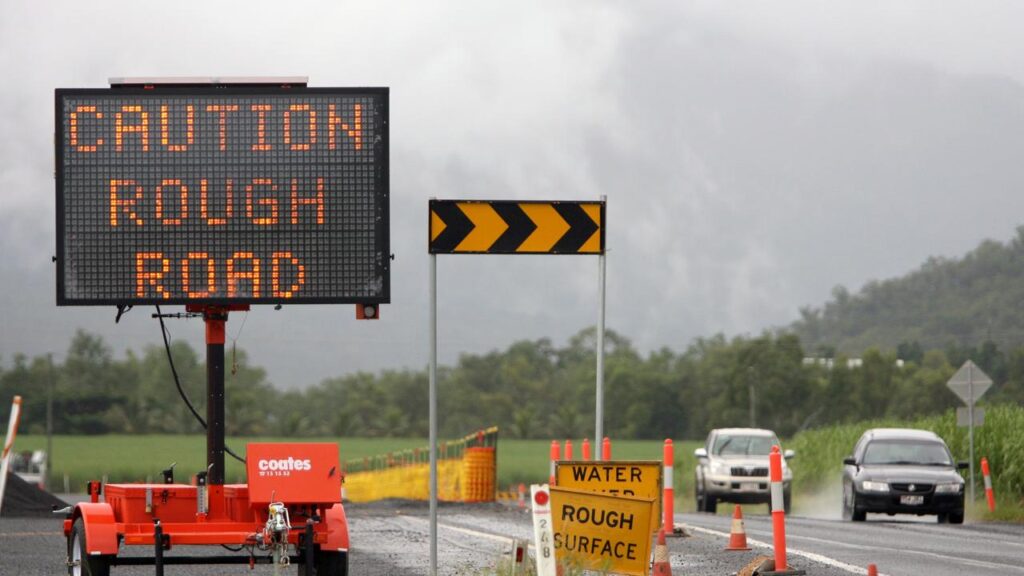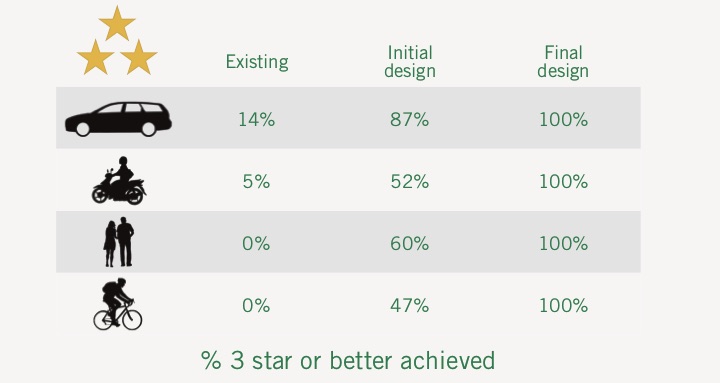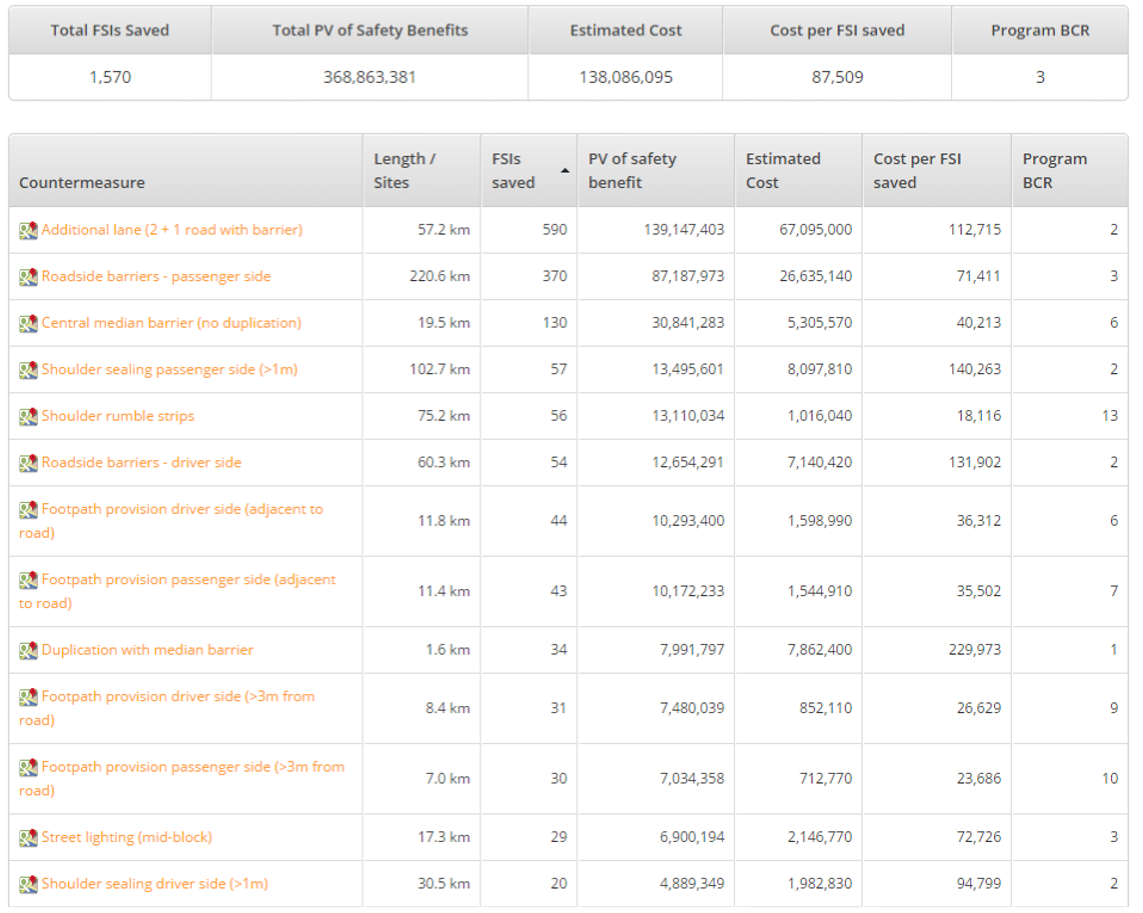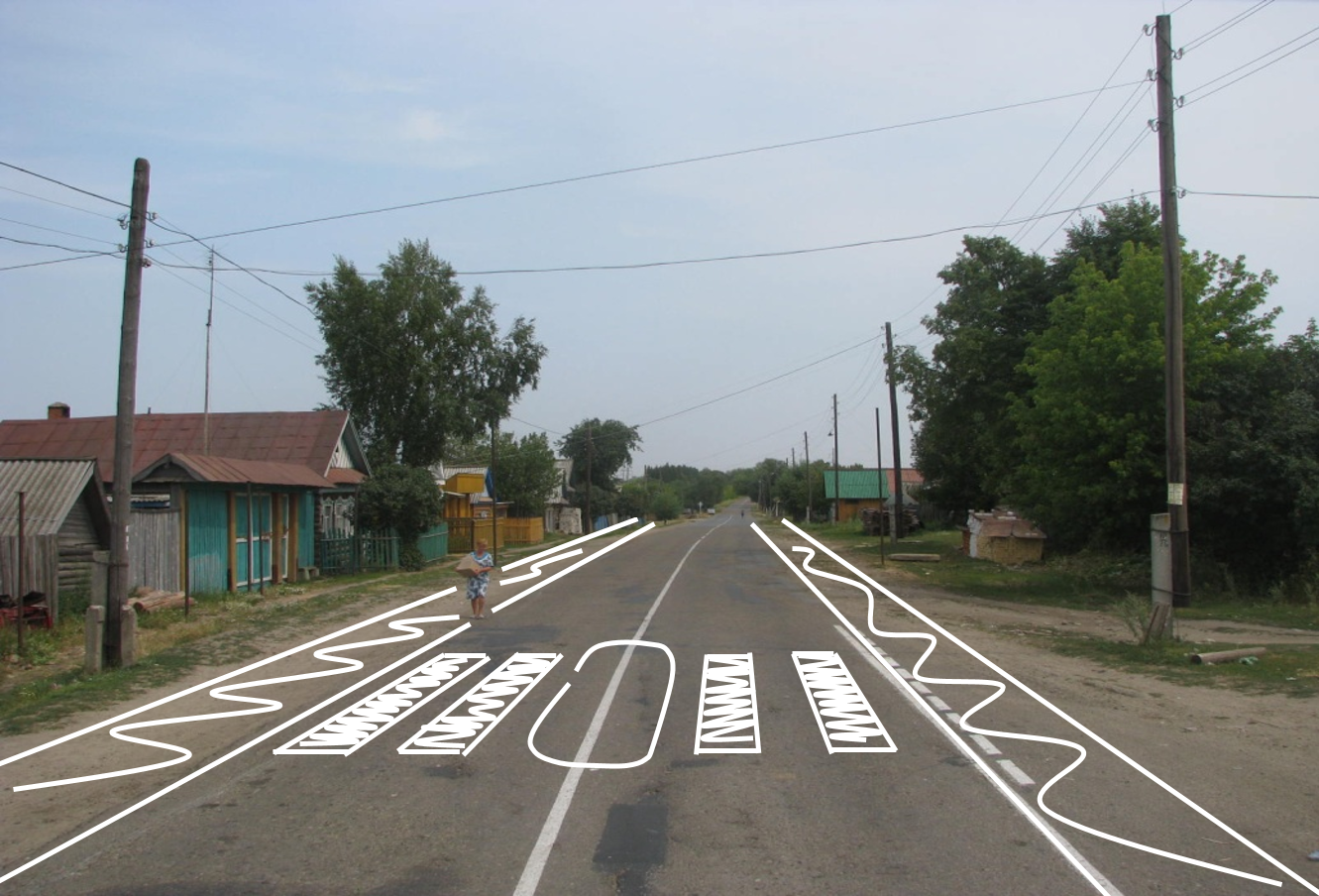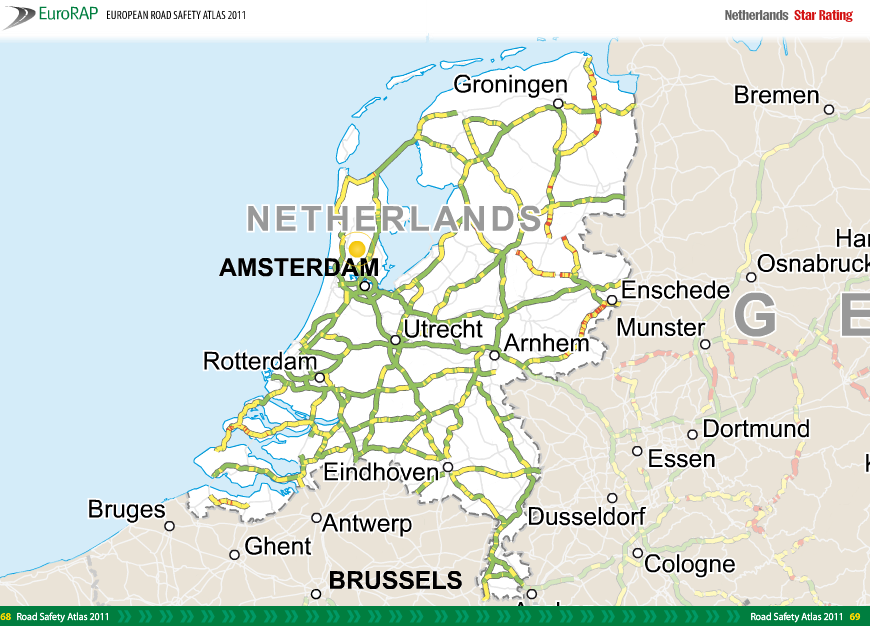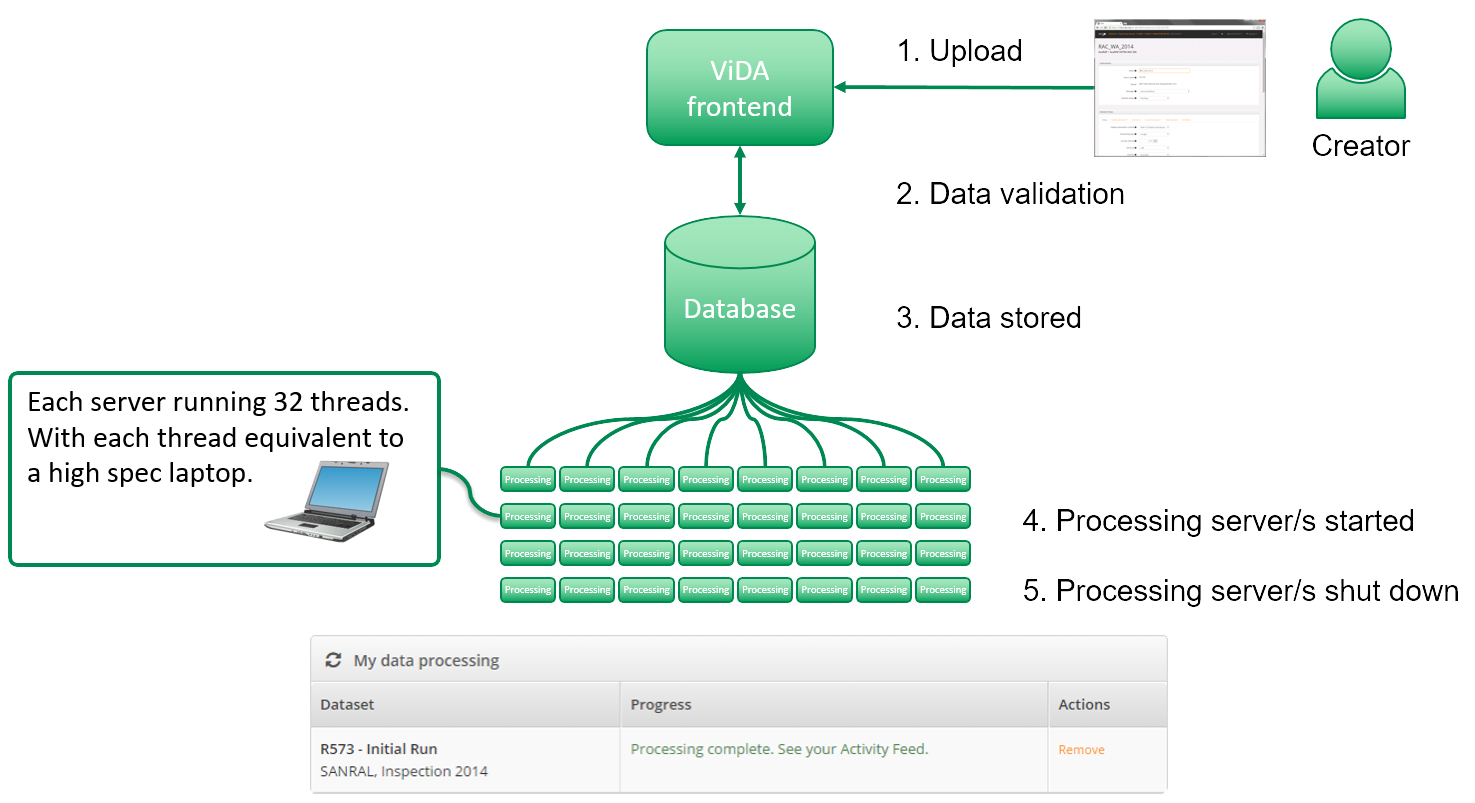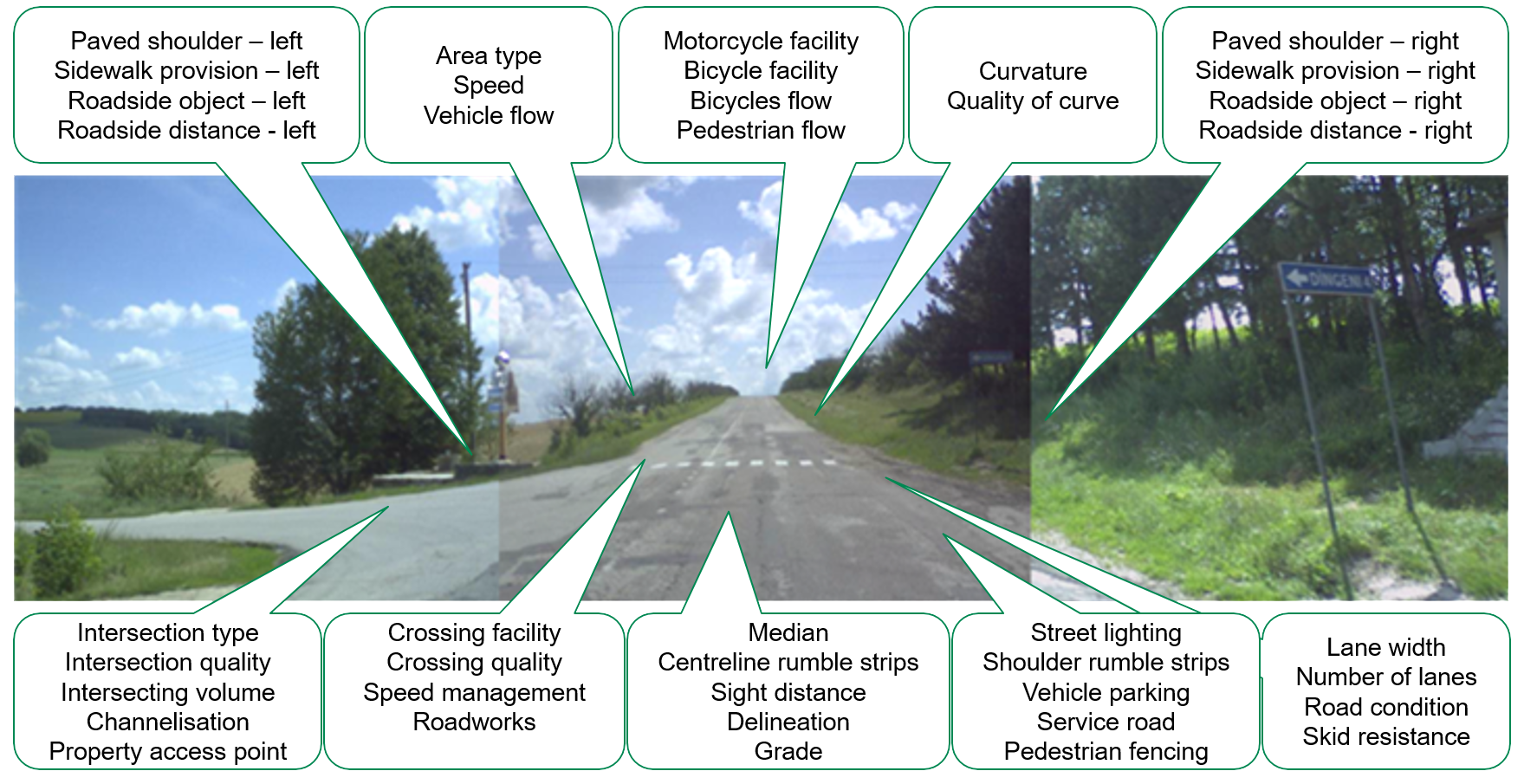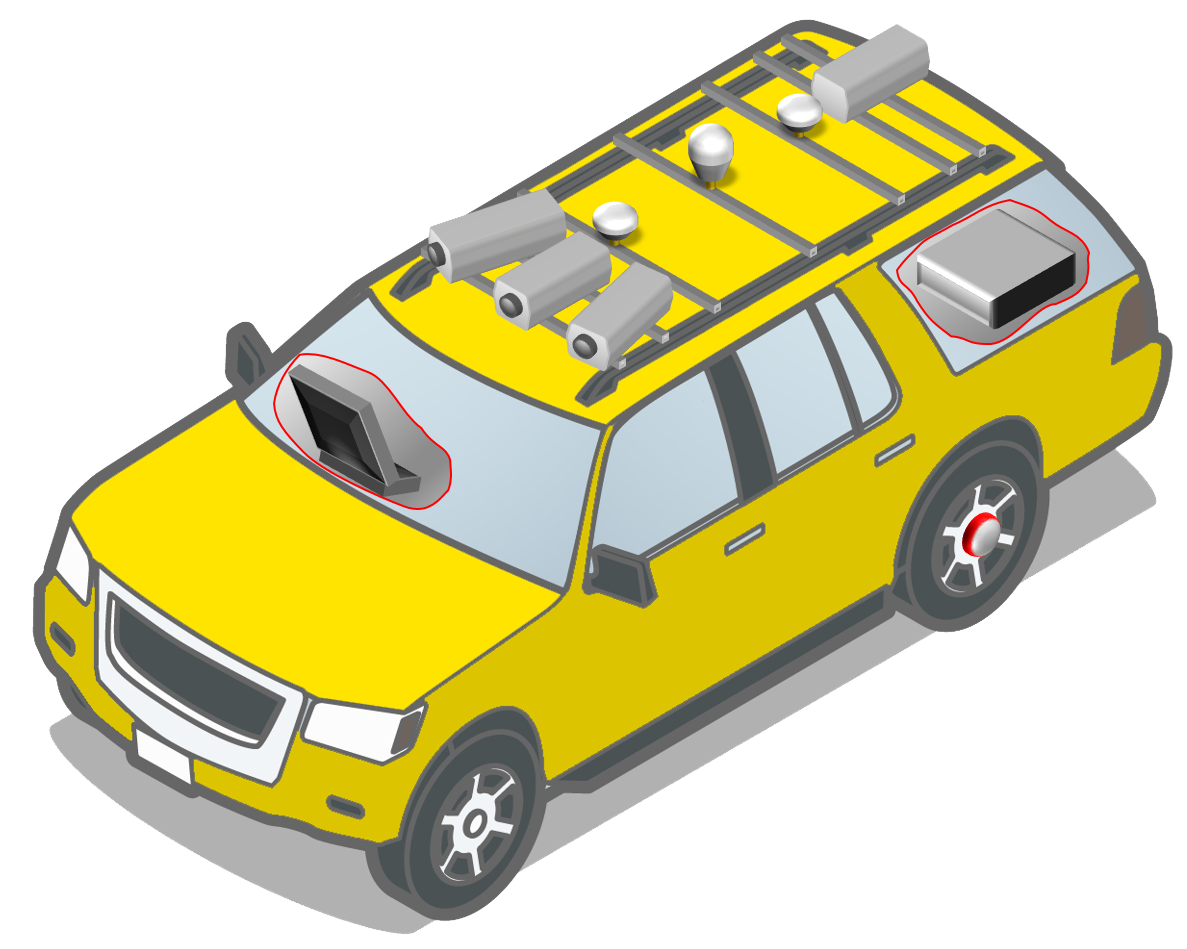Image credit: Australian Automobile Association
Australian Automobile Association (AAA) Press Release:
The Australian Automobile Association has welcomed the Federal Government $7.2 billion funding boost for Queensland’s Bruce Highway, particularly its use of critical road safety data to justify the spending decision.
Announcing the Bruce Highway commitment this week, Transport Minister Catherine King cited the internationally recognised Australian Road Assessment Program (AusRAP), which produces a rating of up to 5 stars on the safety of sections of road, as a key influence.
Noting that large sections of the 1,673km-long Bruce Highway scored only one or two stars in the five-star AusRAP assessment system, Ms King said the extra money would fund roadworks that would lift the ratings to at least three stars.
AAA Managing Director Michael Bradley described Ms King’s use of AusRAP data as a major step forward for evidence-based policy-making.
“AusRAP estimates that a person’s risk of death or serious injury is approximately halved for each incremental improvement in its star rating,’’ Mr Bradley said.
“When you consider these figures, conducting the road work needed to lift the Bruce Highway’s AusRAP rating from one or two stars to a minimum of three stars will save thousands of lives in coming decades.
“Data doesn’t lie. According to the RACQ, between 2019 and 2023, an average of 31 people died in crashes on the Bruce Highway each year – a much higher death rate than on comparable
highways in other states.’’
Mr Bradley said that while the AAA was pleased this funding was being provided, the real victory was that Australians were now hearing decision makers using AusRAP data to justify road funding decisions.
“Until last year AusRAP data and a large amount of other road safety data held by states and territories was kept secret, leaving Australians without any way to judge whether politicians were funding roads to save lives or to win votes in marginal electorates.
“Last year Ms King convinced state and territory governments to share and publish more road safety data, including AusRAP assessments, to help ensure money was spent where it was most needed.
“It is a real win for road safety that Ms King is now using this same data to explain to Australians the reason underpinning road funding decisions.
“The next step is for the the Federal Government to lock-in the value of AusRAP data by requiring any state or territory government seeking commonwealth funding for a major road to produce an up-to-date AusRAP analysis for that road.
“Making the use of AusRAP data mandatory in state funding applications will not only help politicians make the best decisions, but also show Australians the evidentiary basis for election promises.’’
More than 450,000km-worth of Australian roads have been rated using the AusRAP protocols, which are aligned with the protocols of the International Road Assessment Programme (iRAP) and used in more than 100 countries around the world. The AusRAP star rating examines characteristics of sections of road such as gradient, curvature, lane width, shoulder width, speed limit, traffic volume, types of vehicles using the road, presence/absence of crash barriers, rumble strips and wide centreline markings and whether road is single or dual carriageway.
